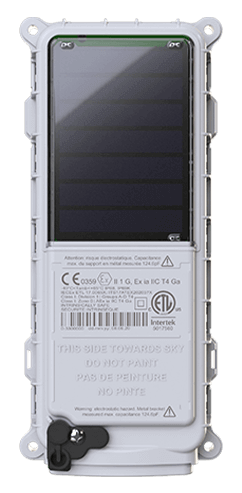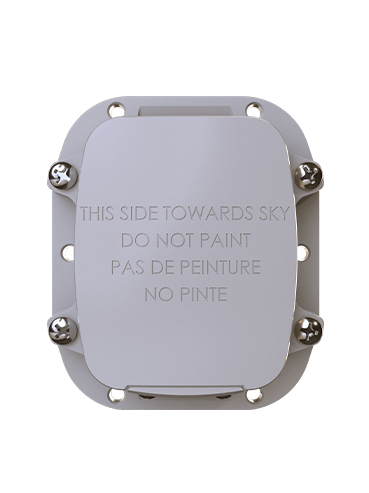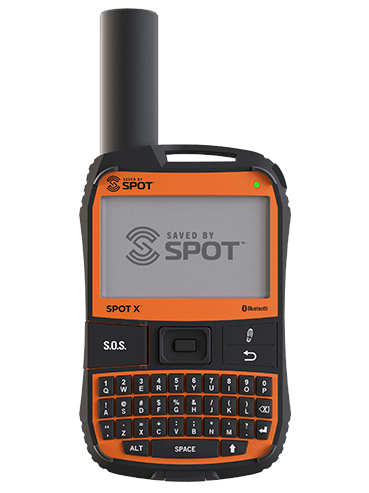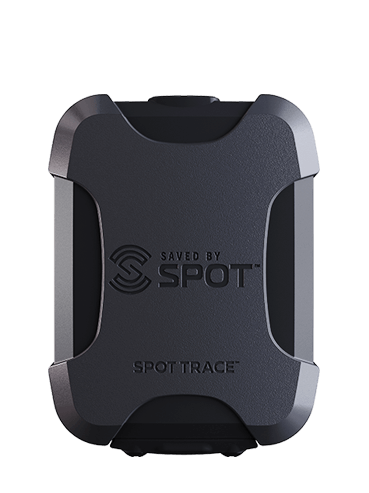Ontario Police Service Turns to SPOT Satellite Solutions for Communications Coverage and Redundancy
Communications across the north of Ontario can be extremely challenging considering the vast geography and distances between communities, the majority of which are only accessible by aircraft or winter roads.
As well, the lack of consistent radio and cellular coverage makes worker safety an ever-present concern. Recognizing these difficulties, an Ontario police service uses SPOT devices to help build in added communications coverage and as redundancy to their primary radio system.
Critical communications infrastructure should always have a viable back-up to ensure that comms remain available in crises and emergency situations. Today, radio systems in Northern Ontario provide a limited coverage footprint for each tower and the cost of trunking (or linking) the towers in these remote areas is not always feasible. Satellite communications on the other hand offer no infrastructure costs beyond the satellite devices themselves, making this an easy and less costly solution to deploy as a back-up system.
The SPOT X 2-Way Satellite Messenger and SPOT Trace Asset Tracker were chosen following a three-month pilot project where they were tested rigorously to ensure they met the high standards of all policing organizations, prioritizing officer safety. Today, SPOT X devices are used by police officers who patrol outside the radio network footprint, serving as redundancy communications when radio networks may subject to temporary and unforeseen outages.
The feature most appreciated by officers is the stand-alone keyboard on the SPOT X device which provides both ease of use and avoids the need for pairing personal cell phones with competitive satellite devices. SPOT X is also used for check-ins by the officers with the operational communications centre. The dispatch personnel at the communications centre are able to locate the whereabouts of their officers, critical to ensuring their safety and meeting HR policies for check in.
Following deployment of SPOT X devices, the police service implemented operational procedures requiring that officers log their SPOT X with the comm centre when leaving radio coverage areas. Unfortunately, as with all manual processes, this step can be overlooked in an emergency. However SPOT Trace ensures that the officer’s vehicle location is continually updated and mapped, which is especially important in the event of an emergency where the situation may have prevented a formal check-in, via the SPOT X. SPOT Trace logs the start, stop and regular patrol movements of the vehicle on the secure SPOT Mapping account, accessible by command staff and dispatchers. Tracking points are automatically created, providing a virtual “bread crumb trail” by the patrol vehicle, an invaluable resource for the communications centre staff and monitoring team.
The SPOT Mapping enhanced platform provides additional value by enabling map overlays to show local weather conditions and the winter road placement. Other features include geo-fencing where virtual zones are created that denote the limits of the local radio tower coverage, creating better visibility through automated alerts which helps ensure the safety of the officers.
Included with all SPOT activations, SPOT Mapping is a robust and feature-rich, cloud-based monitoring platform that customers use to track high-value assets, report equipment status and location as well as stay connected with remote workers.
Like many regions across Canada, Northern Ontario presents unique challenges when it comes to ensuring reliable connectivity, communications and operation up-time. This Ontario police service use of SPOT represents a best practice when it comes to affordably addressing communications challenges while advancing operational efficiencies from personnel safety and management, to asset tracking and enhanced mapping.
 SmartOne Solar
SmartOne Solar SmartOne C
SmartOne C ST100
ST100 STX3
STX3 SPOT X
SPOT X SPOT Gen4
SPOT Gen4 SPOT Trace
SPOT Trace

